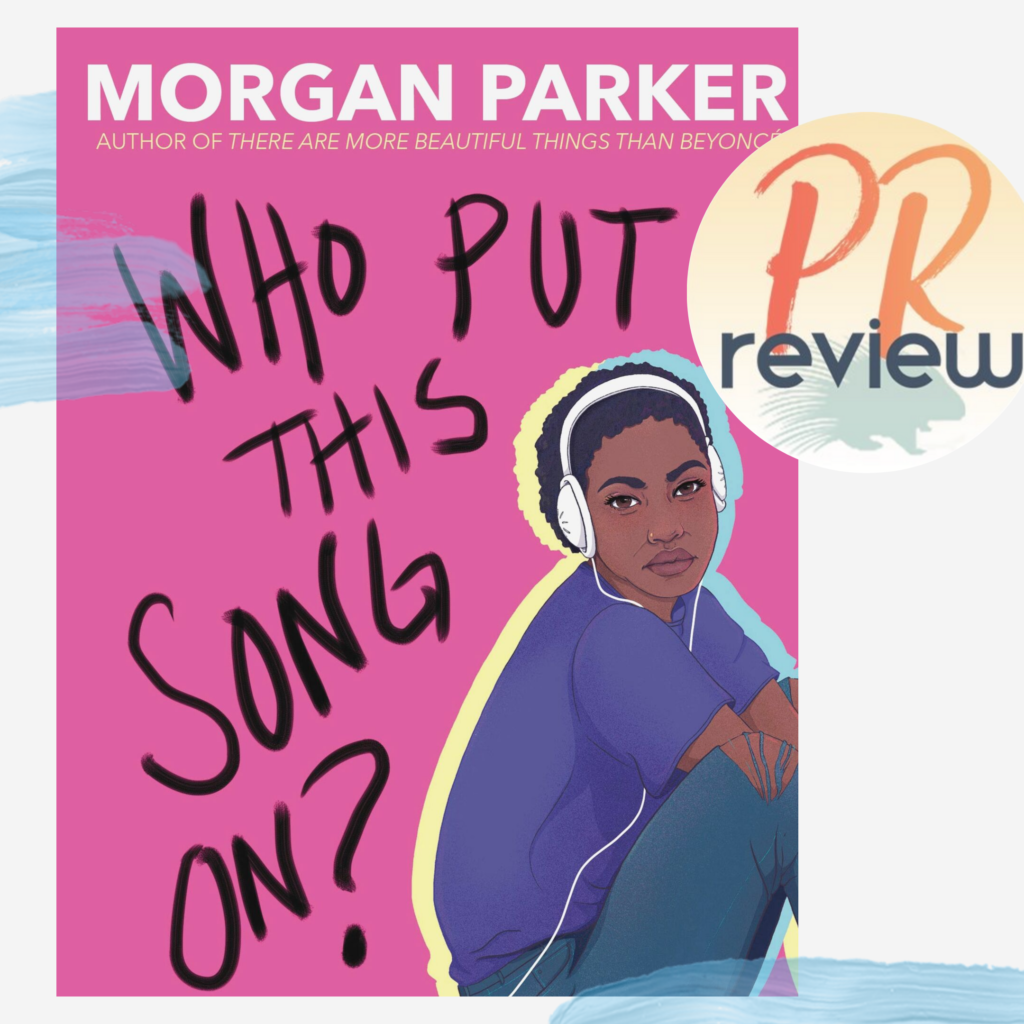
Books featuring teenage characters with depression are nothing new. A lot of us have read Ellen Hopkins’ Impulse or Patricia McCormick’s Cut. There are of course more recent young adult novels dealing with mental illness and self-harm, like Kathleen Glasgow’s Girl in Pieces. So why does Morgan Parker’s Who Put This Song On? feel so refreshing? Could it be the book’s autobiographical qualities, its open-ended conclusion followed by a real life epilogue, or the combination of many other reasons?
As an adult who suffered from major depressive disorder as a teenager, Who Put This Song On? resonated with me on a level I didn’t anticipate when I started reading it. Beyond chuckling at the main character’s comical inner thoughts or tearing up at the hopelessness she felt at times throughout the novel, I found myself wondering if Morgan Parker actually pulled some of the things I felt
and thought as a teenager from my personal archives—lines like, “I feel so deeply it agonizes me,” and “Now that I know what depression is, it’s glaringly obvious that I’ve been depressed for years, maybe since birth. I’ve always been wrong like this.”
There’s a note before the first chapter where Parker shares some context about her own experiences with mental illness as a teenager, but she also discloses that some lines included in the novel have been taken directly from things she wrote when she was in high school. It makes me wonder if that’s how Parker is able to so accurately describe what it’s like, at least in my experience, to be a teenager with mental illness. Who Put This Song On? captures the way that everything feels so heightened, so black and white, when you’re young and living with depression. The seemingly smallest things can make you crack and break when you’re in that kind of spot.
All of this is not to say that I don’t see the value in other young adult books that deal with mental illness. These books are doing important work by both destigmatizing critical issues and helping teenagers see they are not alone. But I also think we should recognize just what Who Put This Song On? is doing by not being as thematically dark as its predecessors. Threaded throughout the novel is a shred of hope that transposes the whole story, a feeling that Morgan knows this isn’t going to be her entire life. This shred of hope is emphasized by the quasi-epilogue/author’s note where Parker vaguely describes what happened to “Morgan” and her friends after the end of the book. She doesn’t sugarcoat it, but she leaves the reader with a feeling of optimism: “It gets better, but then it doesn’t, and then it does again. That’s the thing that’s not so interesting about living: it’s just living. That’s the story, and it’s actually not so bad.”
I wish I had had this book to read when I was in high school, and I hope that struggling teenagers are able to access this book. Between normalizing therapy and medication, and raising questions we all ask ourselves at some point, Who Put This Song On? is a realistic and emotional rollercoaster that I urge everyone to board.
PRR Web Editor, Caroline Ross